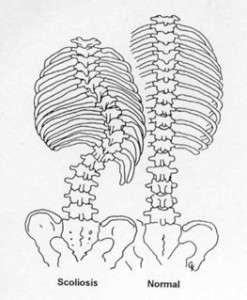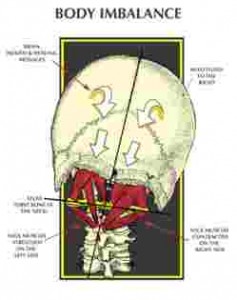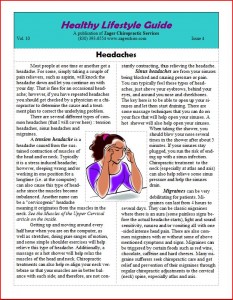Vitamin A: is good for your skin, hair, teeth, eyes, bone growth, and reproduction. You can get it from carrots, green leafy (spinach), milk products, fortified cereals, fruit.
Vitamin Bs (more than one type needed B2, 6, 9, 12 etc.): are important for general body growth, red blood cell production, releasing energy from carbohydrates, many enzymes need the Bs to work correctly in protein metabolism, and for the nervous and immune systems. You can get it from lean meats (chicken, fish, pork), eggs, legumes, leafy green vegetables, dairy products, and fortified cereals.
Vitamin C: is important for the biosynthesis of collagen, certain neurotransmitters, the immune system, and is also involved in protein metabolism. Fruits and vegetables are the best sources of vitamin C specifically citrus fruits, tomatoes and tomato juice, potatoes, red and green peppers, kiwifruit, broccoli, strawberries, brussels sprouts, and cantaloupe.
Vitamin D: is essential for promoting calcium absorption, maintaining adequate serum calcium and phosphate concentrations to enable normal mineralization of bone and prevent hypocalcemic tetany. It is also needed for bone growth and bone remodeling. It is found in sunlight, cod liver oil, fish (salmon and tuna), beef liver, and some egg yolks.
Vitamin E: is important as an antioxidant to protect cells from the damaging effects of free radicals, and it is involved in immune function. It is found in nuts, seeds, and vegetable oils are among the best sources of alpha-tocopherol, and significant amounts are available in green leafy vegetables and fortified cereals.
Vitamin K: is important for blood clotting. Deficiencies can occur after long treatments of anti-biotics. The normal bacteria in the large intestine can also produce Vitamin K. People on blood thinners should talk to their physicians before taking Vitamin K. It can be found in cabbage, cauliflower, spinach, and other green leafy vegetables.



